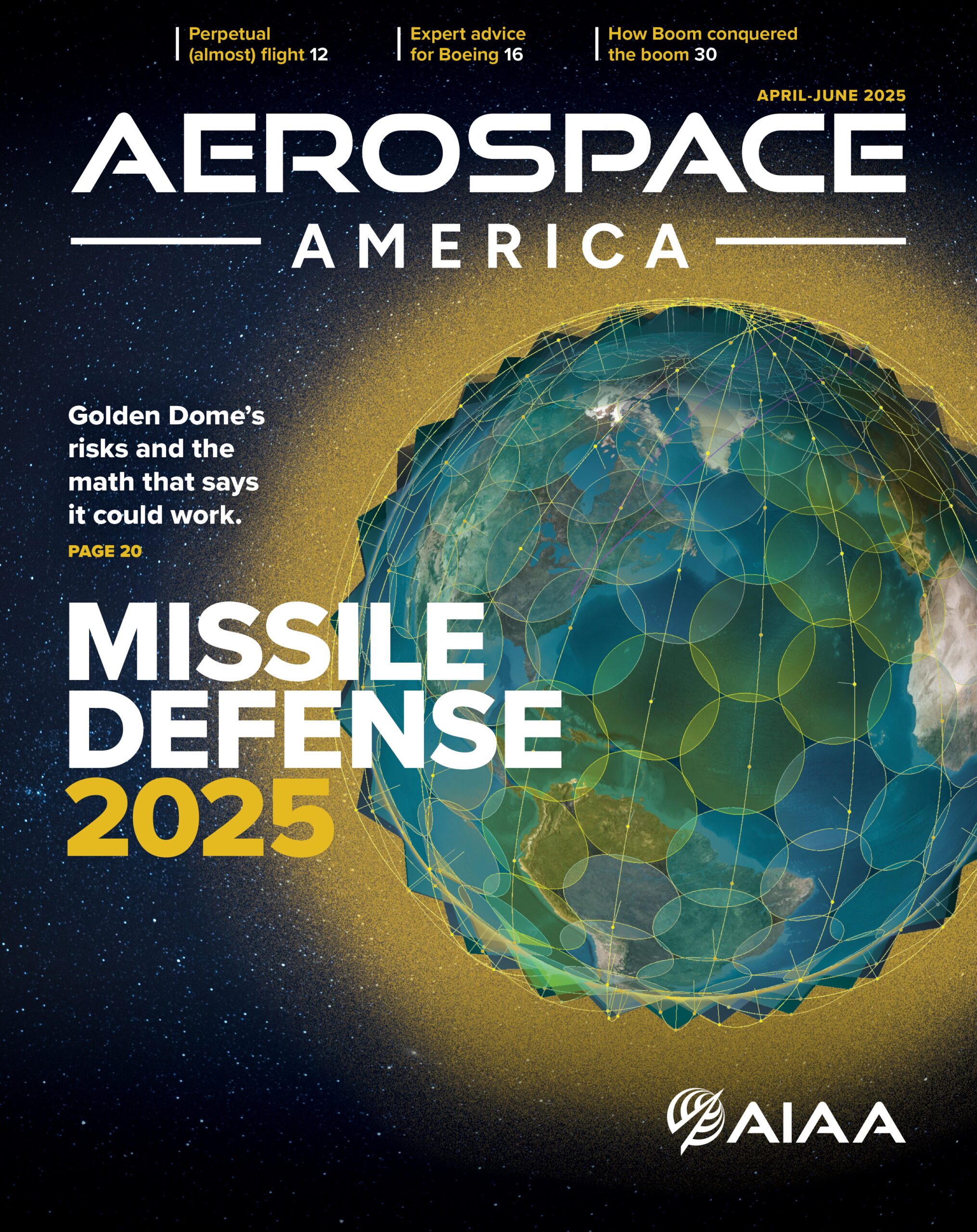Stay Up to Date
Submit your email address to receive the latest industry and Aerospace America news.
WASHINGTON – The CEO of a company that plans to put a rover on the moon next year said he sees the new space race with China for lunar achievements as a “net positive,” even if the country beats the U.S. to return humans to the moon.
Speaking at an event co-hosted by Johns Hopkins University and Space News on Monday, John Thornton of Astrobotic likened the current competition to America’s original two-decade space race with the Soviets in the mid-20th century.
“If we see Chinese boots on the ground, on the moon, we are going to react to that, and that’s good. It’s going to push us forward. If we start to see extraction of resources before us, that’s going to push us too,” Thornton said. “That’s the positive that we can take from the whole story for the moon in particular; I think it’s going to galvanize us and push us and get us to the next level much faster.”
Astrobotic’s lunar lander has seen its share of setbacks since the firm received a NASA contract worth nearly $200 million in 2020 to land on the moon by 2023. The contract amount has since increased to more than $320 million. In late October, the company announced it’s now targeting summer 2026 for its Griffin-1 moon mission, which is set to launch onboard a SpaceX Falcon Heavy that will boost it into translunar injection, “like shooting a rifle at the moon,” Thornton said.
In his remarks, Thornton referred to the company’s failed mission in January 2024, which launched onboard the Vulcan Centaur rocket.
“We didn’t quite get all the way out to the moon, but we learned a lot,” he said. “We spent 10-and-a-half days in space, tested out every piece of our system, including the one that didn’t work – fixed that. And now we’re getting ready for our next flight.”
A faulty valve that resulted in a broken seal caused the destruction of the previous mission, called Peregrine, a months-long investigation completed last year found. The lander had been in orbit for six days before it burned up over the Pacific Ocean.
Next year’s mission, Thornton said, will carry a 500-kilogram rover. Initially, Astrobotic had planned to transport a water-seeking NASA rover called Volatiles Investigating Polar Exploration Rover, or VIPER, to the moon. But last year NASA announced it was ending development of VIPER, citing cost increases and delays. In September, NASA said it was resurrecting the rover, but putting it on a Blue Origin lander set to launch in 2027 instead.
As a replacement, Griffin will carry Astrolab’s Flip Rover, to be deployed to the moon’s south pole in a mission focused on assessing vehicle operating conditions and how to mitigate challenges like lunar dust.
“We were very lucky to be able to find a payload that had very similar interfaces that could be put on top of this vehicle built by Astrolab,” Thornton said. “Astrobotic and Astrolab getting together is a match made in heaven … so it’s a commercial partnership to get this done now.”
Astrobotics’ NASA disappointment and the subsequent commercial opportunity also made clear, Thornton said, the growing interest in commercial moon missions. As the process of getting to the moon promises to grow less expensive, he said, more companies want to pursue lunar resource extraction, from the ice on the poles of the moon to the prospect of synthesizing rocket fuel there.
“In a really short timeline, we had upwards of 60 players from all over the world knock on our door and say, ‘Hey, I want to go,'” he said. “The demand is really increasing, and we’ve only really just begun the trips to the surface of the moon.”
About Hope Hodge Seck
Hope is an award-winning freelance reporter and editor based in Washington, D.C., who has covered U.S. national defense since 2009. A former managing editor of Military.com, her work has appeared in The Washington Post, Popular Mechanics and Politico Magazine, among other publications.
Related Posts
Stay Up to Date
Submit your email address to receive the latest industry and Aerospace America news.




